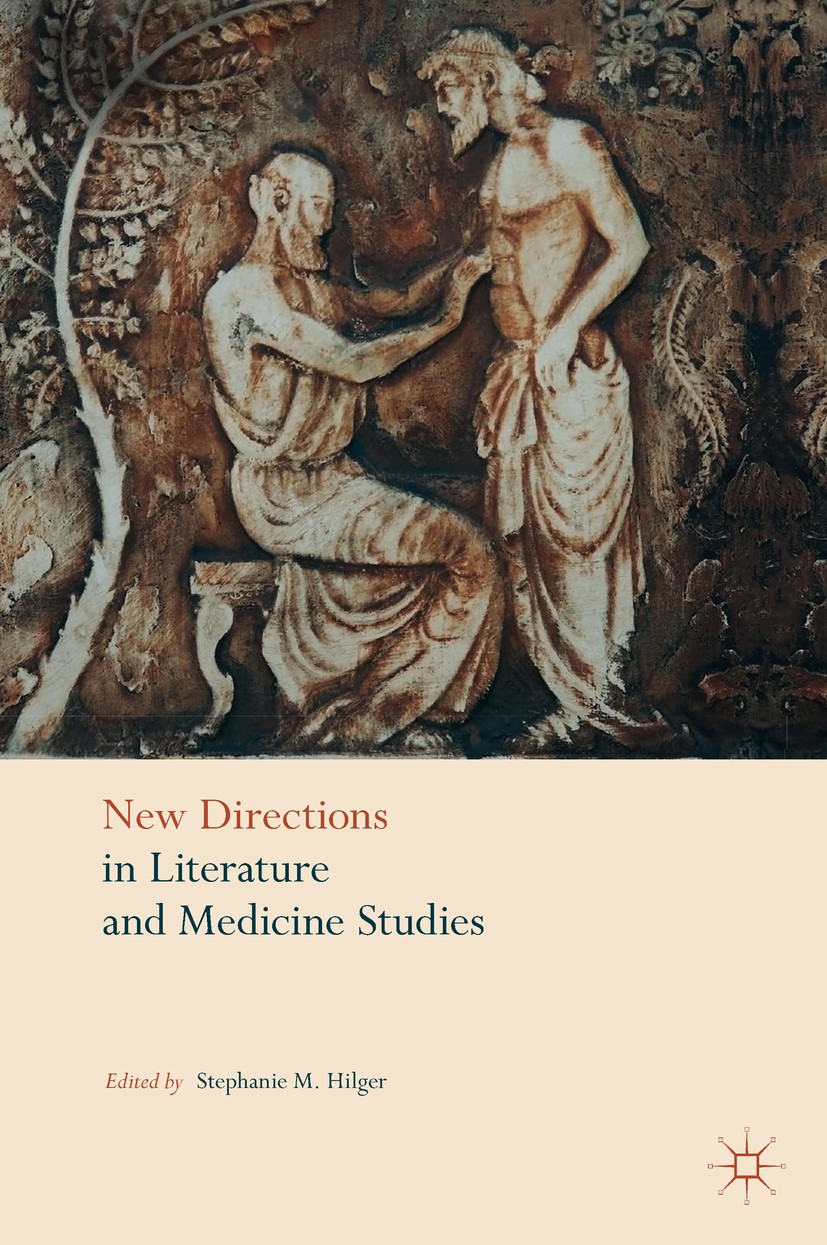| 书目名称 | New Directions in Literature and Medicine Studies | | 编辑 | Stephanie M. Hilger | | 视频video | http://file.papertrans.cn/666/665104/665104.mp4 | | 概述 | Brings contributors from across a diverse range of disciplines into conversation with each other.Bridges the medicine/literature divide through a varied, intellectually stimulating selection of essays | | 图书封面 |  | | 描述 | This book is situated in the field of medical humanities, and the articles continue the dialogue between the disciplines of literature and medicine that was initiated in the 1970s and has continued with ebbs and flows since then. Recently, the need to renew that interdisciplinary dialogue between these two fields, which are both concerned with the human condition, has resurfaced in the face of institutional challenges, such as shrinking resources and the disappearance of many spaces devoted to the exchange of ideas between humanists and scientists. This volume presents cutting-edge research by scholars keen on not only maintaining but also enlivening that dialogue. They come from a variety of cultural, academic, and disciplinary backgrounds and their essays are organized in four thematic clusters: pedagogy, the mind-body connection, alterity, and medical practice. | | 出版日期 | Book 2017 | | 关键词 | Literature and medicine; Medicine studies; Medical humanities; Emile Zoma; Helen Keller; Anton Chekhov; Mi | | 版次 | 1 | | doi | https://doi.org/10.1057/978-1-137-51988-7 | | isbn_ebook | 978-1-137-51988-7 | | copyright | The Editor(s) (if applicable) and The Author(s) 2017 |
The information of publication is updating

|
|
 |Archiver|手机版|小黑屋|
派博传思国际
( 京公网安备110108008328)
GMT+8, 2025-12-27 13:32
|Archiver|手机版|小黑屋|
派博传思国际
( 京公网安备110108008328)
GMT+8, 2025-12-27 13:32


